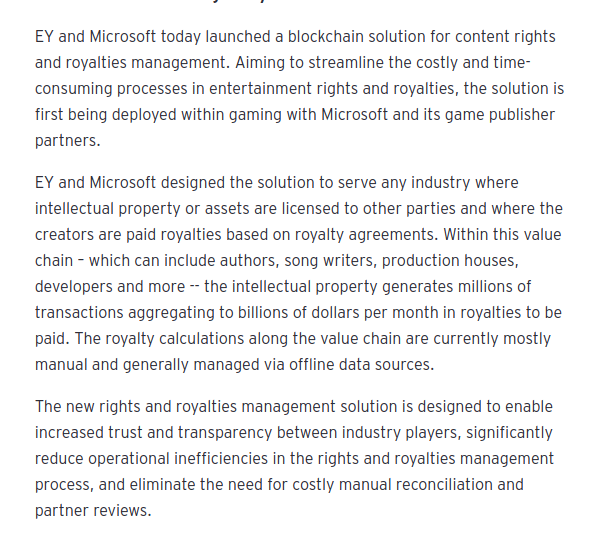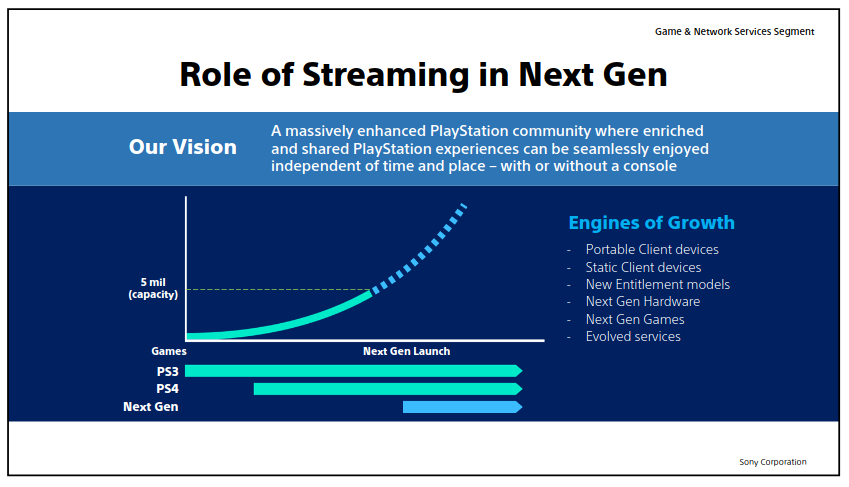And evidence suggests that’s just the beginning...
news.microsoft.com/2019/05/16/son…
ey.com/en_gl/news/201…

Quorum is also EY's preferred choice of private blockchain. That being said, EY truly prefers the Ethereum mainnet.
ey.com/en_gl/news/201…
1. Tokenization
2. Regulatory compliance
3. Privacy
patents.google.com/patent/US20180…
patentimages.storage.googleapis.com/70/28/36/02154…
🤔 Ethereum could serve as the secondary market “not governed by a particular platform.”

deadline.com/2018/08/deadpo… prweb.com/releases/block…
kaleido.io/borderless-blo…
engadget.com/2019/05/13/sup…















